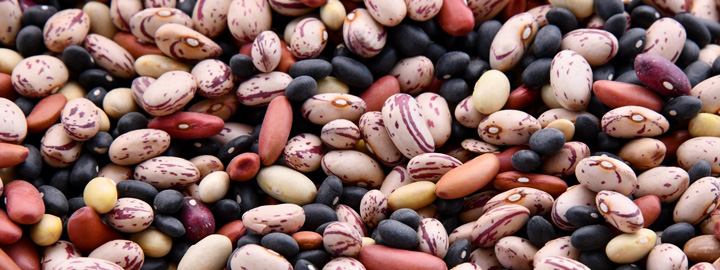
Personalizing Meals
A research team from Zhejiang University, China, is on its way to developing 3D printable food alternatives that have the nutritional value of real meat sans the associated health and sustainability costs.
Question is, why do we need to 3D print food in the first place? This works well for those who need to personalize their meals. Meals with carefully selected amounts of protein, sugar, fats, vitamins and minerals enable people with issues like allergies, weight control, special dietary requirements, and those who are elderly, have certain illnesses, and those who serve in the armed forces, to find this a welcome alternative.
Another advantage offered by the China team research is that their food alternative is composed of ingredients that are plant-based, such as soy protein, pea protein, and wheat gluten that are of high nutritional value. They also came out with a successful formulation featuring cocoa butter as a component, which is a fat extracted from the cocoa bean. For printing, the team have developed a number of new edible plant-based gel materials that can be used to 3D print meat-like foods. The extrudability and accuracy of printing of their choice alginate of protein, starch and sodium were well studied and reported.
The researchers know of the issues gaining prominence in mainstream media with regards to healthy eating, sustainability, and animal ethics, and their plant-based meat alternatives are the answer. The
‘fake meat’ revolution, relying on soybeans, wheat, or peas, is necessary to maintain the texture and nutrients of real meat.
For example, soy, which offers an excellent source of protein, also eliminates cholesterol and saturated fats found in most red meats. Adding right amounts of cocoa butter, the emulsifier Tween-80, and sodium alginate were essential to achieving a superior 3D printing performance. The heat-sensitive cocoa butter was useful in providing fluidity during the high-temp printing process, making the gels more extrudable, and at room temperature, solidity, so the printed structures maintain their shapes.
Several companies are already thriving in the 3D printing food sector, like Redefine Meat and MeaTech, whose products are found in some high-end restaurants.



